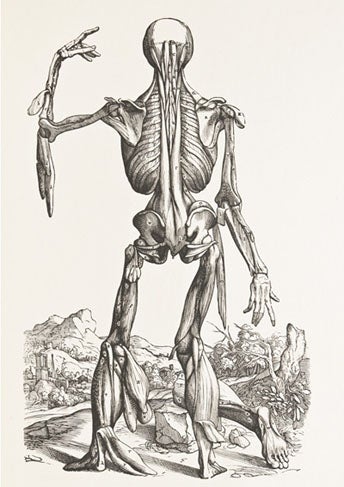A List of the Birds of New England. [Reprinted from the Proceedings Essex Institute, Vol. V.].
Salem, Mass: Essex Institute Press, 1868.
Price: $250.00
About the item
First Separate Appearance. 1 vols. 8vo. Original printed tan paper wrappers. Wear to spine and extremities of wrapper, lower cover detached but present. Ayer, p. 142.
Item #12303
This work appeared in the Communications of the Essex Institute in May 1868, titled “Catalogue of the Birds of North America contained in the Museum.” Coues stated that “the reprint gives the faunal list precedence over the museum catalouge, but this is true only as regards the title,—the general text is unaltered” (Ayer). According to Coues, there were only 50 copies of this reprint.
Elliott Coues (1842-1899) became interested in natural history, in particular ornithology, when his family moved from New Hampshire to Washington, D. C. Coues became aquainted with the Smithsonian Institution and its collections, which fed his interests in natural history. As an assistant surgeon in the Army during the Civil War, Coues “collected, studied, and published extensively on birds during his peripatetic military assignments” (DSB) at various forts in Arizona, North Carolina and in the Dakota Territory. Later, he served as naturalist for the Northen Boundary Commission (1873-1876) and for the Hayden survey in the ensuing four years. He was professor of anatomy at Columbian College (now George Washington University) from 1877 to 1886, and was editor of natural history subjects for the “Century Dictionary.” He was elected to the National Academy of Sciences among numerous other societies, and was a founder of the American Ornithologists’ Union, an early conservation group. Coues published some very well-received, innovative tracts on birds, with “Key to North American Birds” and “Check-List of North American Birds.” “A distinctive feature of the “Check-List” was Coues’s corrections in the orthography and pronunciation of original scientific names . . . He was a leader in the trend of his era toward reducing the great number of species names to varieties, especially in local forms” (DSB). He was considered a “lucid writer with a charming style, second only and successor to [Spencer F.] Baird [his mentor] in ornithology, Coues presented a great deal of information on the behavior and life histories of birds” (DSB). Late in life, he checked and annotated manuscripts of various American western exploration, most notably the journals of Lewis and Clark and of Zebulon Pike. “In his meticulous fashion, he retraced the explorers’ routes and enlarged considerably upon their natural history observa.


